Caring for a dying child is one of the most challenging experiences a nurse can face. As a nurse, it is essential to provide compassionate and effective care to both the child and their family during this difficult time.
Meeting the physical, emotional, and psychosocial needs of a dying child is important to support the totally dependent child and grieving family in experiencing the best quality of life possible. The child’s terminal illness and care can affect the whole family, hence, the nurse’s initial role is to establish rapport in order to build and develop effective communication that assists in alleviating unnecessary fears and anxiety about impending death and supporting anticipatory grieving.
Nursing Care Plans and Management
A nursing care plan for a dying child involves providing substantial and appropriate age-related information about death and dying to allay anxiety, providing optimal pain relief through pharmacological and non-pharmacological methods, assisting the child to move through the stages of awareness and acceptance, and helping the family cope through the stages of grieving.
Nursing Problem Priorities
The following are the nursing priorities for a dying child:
- Providing adequate pain relief
- Providing support through the grieving process
Nursing Assessment
Assess for the following subjective and objective data:
See nursing assessment cues under Nursing Interventions and Actions.
Nursing Diagnosis
Following a thorough assessment, a nursing diagnosis is formulated to specifically address the challenges associated with a dying child based on the nurse’s clinical judgment and understanding of the patient’s unique health condition. While nursing diagnoses serve as a framework for organizing care, their usefulness may vary in different clinical situations. In real-life clinical settings, it is important to note that the use of specific nursing diagnostic labels may not be as prominent or commonly utilized as other components of the care plan. It is ultimately the nurse’s clinical expertise and judgment that shape the care plan to meet the unique needs of each patient, prioritizing their health concerns and priorities.
Nursing Goals
Goals and expected outcomes may include:
- The child will appear relaxed and is not crying, grimacing, or moaning.
- The child will experience less pain.
- The child and/or parent will verbalize decreased anxiety.
- The child, parents, and family will be able to verbalize feelings about their grief in a culturally relevant manner.
- Parents will resolve dysfunctional grieving.
- Parents will verbalize understanding about the cause of death.
Nursing Interventions and Actions
Therapeutic interventions and nursing actions for a dying child may include:
1. Managing Pain
Acute pain for a dying child can occur due to a variety of reasons, including the underlying illness or condition causing the child’s death. The pain may be a result of treatments or procedures meant to prolong the child’s life, such as surgeries or chemotherapy. Additionally, the emotional distress and anxiety experienced by the child and their loved ones during this difficult time can also contribute to the child’s pain.
Assess the intensity of pain, fear of receiving pain medication, anxiety and coping mechanisms related to pain, and ability to rest and sleep.
Assessing the intensity of pain, fear of receiving pain medication, anxiety, and coping mechanisms related to pain, as well as the ability to rest and sleep, is essential for effective pain management. This information serves as a basis for determining appropriate analgesic administration and developing tailored care plans that meet the unique needs of each child. Developmentally-based pain scales provide a reliable and accurate assessment of a child’s discomfort, enabling healthcare providers to identify pain patterns and adjust treatment plans accordingly.
Educate the child and parents on the route of medication administration and expected side effects; that pain will be monitored continuously and medication adjusted as needed to control pain.
Provides assurance that pain will be controlled continuously whether or not the child is able to express pain.
Support the coping mechanisms of the child and family and modify analgesics accordingly, with input from the child, parents, and physician.
Promotes the child’s comfort supports coping abilities and includes parents and child in decision-making regarding care.
Provide familiar toys/blankets to the child; Encourage parents and significant others to stay with the child at all times.
Providing familiar toys, blankets, and other comforting items to children can significantly reduce fear and anxiety during hospitalization. These items provide a sense of security and familiarity, which can help children cope with the stress of being in an unfamiliar environment. Encouraging parents and significant others to stay with the child at all times can also provide a source of comfort and support. This can be particularly important for young children who may feel scared or alone in the hospital.
Provide nonpharmacologic pain management strategies: therapeutic touch, soothing baths; massage therapy to painful areas; distraction techniques (e.g., guided imagery, hypnosis, biofeedback, breathing techniques, music, reading, journal writing, gentle movement, aroma, humor, prayer, hypnosis, relaxation techniques).
Reduces pain perceptions and may foster a sense of control.
Dim lights, avoid noise, maintain a clean, comfortable bed with loose sheets and clothing, and disturb for care only when needed to promote comfort.
Provides an environment free of stimuli that increase anxiety and pain.
Assist with position changes as tolerated, use pillows to support position, move slowly with gentle handling, and give a back rub.
A nonpharmacologic measure to reduce pain.
Discuss with the child and parents that verbalizing fear and feelings about pain and its control is common.
Decreases anxiety by recognizing fear of pain and encouraging to express feelings and concerns about methods of control.
Administer intermittent or continuous analgesic as prescribed based on the severity of the pain, and administer it prior to any painful procedure or care being performed.
Provides coverage of pain medications to guarantee freedom from any type of pain and discomfort including administration of analgesics for quick relief if given intermittently.
Educate parents and the child that care and treatment will only be palliative.
Lessens anxiety and stress caused by apprehension of painful interventions.
2. Managing Anxiety and Fear
A dying child may experience anxiety due to the fear of the unknown and uncertainty about what will happen after death. The child may also be anxious about leaving their loved ones behind and the impact of their death. Additionally, the child may be experiencing physical discomfort and pain, which can exacerbate their anxiety and emotional distress.
Assess the level of anxiety, fears, concerns, ability to express needs, and how anxiety is manifested.
Provides information needed for interventions to alleviate anxiety and enhanced comfort.
Allow the child to rate anxiety levels as mild, moderate, severe, or incapacitating.
The ranking determines the evaluation of improved or worsening anxiety levels.
Encourage expressions of fear and inquiries about the terminal stage of illness, and answer all questions honestly based on what the family has been told about the prognosis.
Provides an opportunity to vent feelings and fears to reduce anxiety.
Allow a family friend to stay with the child or remain with the child during stressful times in the absence of the parents.
Promotes comfort of the child and provides support during anxious and fearful times.
Assist the child and family to identify at least two coping mechanisms to use for coping with anxiety (specify suggestions such as humor, deep breathing, meditation, relaxation, exercise, talking to a spiritual advisor, engage in pleasurable activities).
Coping mechanisms help mitigate the stress of anxiety. Humor is not always out of place and may be helpful to diffuse tension if judiciously used.
Provide calm reassurance and kindness, and be available to the child at all times as needed for support.
Promotes comfort and love of the child to reduce anxiety.
Orient family members of physical changes in the child as death approaches.
Prepares them for the changes and recognition of impending death.
Inform the child and parents of all expected care and activities.
Promotes understanding of physical needs of dying child and limiting activities to those that are essential.
Include the child and parents in as much planning and care as possible without forcing participation.
Promotes interactions and attitude of caring within the family.
Allow parents to communicate with the child and sit or lie near the child as desired.
Reduces the possibility of added stress for the child; minimizes the child’s fear of being alone.
Reassure the child and parents that they are not to hold responsible for illness and that its
consequences.
Lessens fear and guilt brought about by the terminal nature of the illness.
Provide parents’ and family members’ contact numbers and means of obtaining information about the child.
Provides a source of communication about the child’s condition.
Administer appropriate pain control and preparation prior to invasive procedures (e.g., application of a eutectic mixture of local anesthetics [EMLA] cream prior to IV insertions).
Promotes comfort and minimizes emotional distress related to invasive procedures (action of EMLA).
3. Providing Support Through Grieving
Anticipatory grieving for a dying child can occur as the child’s loved ones begin to emotionally prepare themselves for the child’s impending death. This can involve a range of emotions, including sadness, fear, and anger. The process of anticipatory grieving can help the child’s loved ones to cope with their grief and to better support the child during their final days. Moreover, dysfunctional grieving for a dying child can occur when the child’s loved ones are unable to cope with their grief in a healthy way. This can manifest as prolonged or intense feelings of sadness, anger, or guilt, which can interfere with their daily life and relationships. Factors such as unresolved issues, trauma, or mental health problems can contribute to dysfunctional grieving.
Assess the stage of the grief process, difficulties encountered sentiments about the terminal nature of the illness, and potential loss of the child.
Provides information about the need for grieving, which differs with individual members of a family when a child’s death is anticipated.
Assess the feelings of parents and what they perceive happened to the infant.
Allows feelings of anger, guilt, and sorrow to be expressed following the death of the infant.
Reassure the child, parents, and family that grieving is normal.
Promotes understanding of grief reaction and may enhance coping abilities.
Encourage parents and family members to stay with the child as much as they feel and need to, and assist them to understand the child’s behavior and needs.
Promotes the feeling that they are helping and supporting their child.
Provide opportunities for the family to vent feelings and respond to the child based on the grieving stage.
Promotes progression through grieving and the ability to display desires for themselves and their child.
Provide emotional and spiritual comfort in an accepting environment, and limit discussions that promote guilt or anger.
Provides for the emotional need of parents and family and helps them to adjust to a dying child without adding stressors that
are difficult to resolve.
Assist the child and family in recognizing and using effective coping mechanisms and in an understanding situation over which they have no control.
Promotes effective coping that is positive for the family.
Provide privacy when needed, while being available to the family.
Promotes a helping relationship with the family.
Encourage parents to vent their thoughts and feelings about the possible death of their child; share memories of their child’s life; create memories; take family pictures, and create a memory box of their child’s memory.
Promotes parent coping, and acceptance of the grief process, and may lessen the sense of guilt.
Encourage parents to be involved with the child’s care (i.e., treatment, pain control).
Avoids feelings of powerlessness and helplessness.
Teach parents about the child’s developmental understanding of death; educate and encourage parents to employ children’s books to help in a discussion about the child’s understanding/fears of death.
Promotes family communication; promotes family coping abilities.
Inform (child, if appropriate) parents and family of stages of grieving and acceptable behaviors during the grieving process.
Promotes understanding of feelings and behaviors exhibited by the grieving process.
Provide information about the child’s condition, including the appearance of the child, and changes to expect.
Enables parents to track the course of the terminal condition and change to expect.
Encourage parents’ participation in the care and in those they will carry out if the child is taken home to die; advise resources to reach for assistance.
Allows parents involvement in the child’s care and share their sadness with the child.
Allow the family to inquire questions and to be truthful about their feelings and acceptance of information about death and dying.
Promotes honest and practical view of the situation to enhance grieving.
Teach family to maintain their own needs and health during this difficult time.
Allows family to better adjust to child’s needs if own needs are fulfilled since the terminal period may be prolonged.
Arrange for clergy, social services, hospice care, or return to home for dying as appropriate; support choices made by the family.
Provides for and assists with alternative care and own decisions for that care.
Provide privacy and stay with parents; avoid discussion and questions that may place any blame or cause guilt; (explain the cause of death; reinforce that the cause of SIDS is unknown, with no absolute means to prevent or predict it).
Provides support without adding to grief and feelings of guilt.
Allow parents to determine the length of time they hold their infant or child; this differs by culture and individual parent needs.
Promotes positive grief resolution if parents hold/see the infant and spend time saying goodbye on their own terms.
Prepare the child for parents to view and hold; remain with parents during this experience.
Allows parents to say goodbye to their child.
Provide parents the opportunity to inform significant others; if unable, the staff members should call.
The presence of other family members and significant others often serves as a support for grieving families.
Assist parents to inform and help siblings understand loss; answer children’s questions honestly and appropriately for age level.
Children’s concept of death develops with age, and help is needed to avoid feelings of blame and guilt by siblings.
Take pictures of the infant and offer them to parents; save clothing infant, ID bracelets, and hats, as part of a “memento packet” to be given to parents; if parents refuse the packet, save it for future retrieval.
Promotes positive grief resolution.
Reassure parents that they are not responsible for the death of their child.
Reinforcing that SIDS is an unpreventable, unexplainable sudden death of an infant and that no one can be condemned.
Answer any questions about SIDS and explain the need for an autopsy to verify the diagnosis.
Reinforces physician’s explanation of disorder.
Correct any misinformation or misconceptions about the death.
Assists with the resolution of guilt and grieving.
Assist to identify and use effective coping mechanisms appropriate to the situation.
Promotes movement through the grieving process by utilizing defense mechanisms that have worked in the past.
Obtain thorough history from parents, including parental resuscitation efforts and illness history (experienced or trained member of staff recommended because of the sensitive nature of information).
Provides an optimal level of accurate information for the medical examiner.
Contact the infant’s primary care provider.
Improves the parental support system and enhances communication.
Inform of stages and importance of grieving and of behavior that is anticipated in resolving grief.
Allows, in a non-judgmental environment, for the initial shock and disbelief that are
expected behaviors of grief.
Utilize therapeutic communication techniques (i.e., active listening). Encourage parents to verbalize their understanding of the cause of death, their feelings of grief, and any concerns about
seeking assistance with grieving.
Therapeutic communication helps the parents to vent their feelings and identify dysfunctional aspects of their grief.
Inform a clergy or other support if requested/applicable; offer baptism/prayer to parents.
Provides support and comfort.
Refer the family to counseling services, the local SIDS chapter, the community health nursing agency, and grief support groups.
Provides support and assistance during mourning or chronic grief which may affect family relationships, the presence of infertility or other problems.
Recommended Resources
Recommended nursing diagnosis and nursing care plan books and resources.
Disclosure: Included below are affiliate links from Amazon at no additional cost from you. We may earn a small commission from your purchase. For more information, check out our privacy policy.
Ackley and Ladwig’s Nursing Diagnosis Handbook: An Evidence-Based Guide to Planning Care
We love this book because of its evidence-based approach to nursing interventions. This care plan handbook uses an easy, three-step system to guide you through client assessment, nursing diagnosis, and care planning. Includes step-by-step instructions showing how to implement care and evaluate outcomes, and help you build skills in diagnostic reasoning and critical thinking.

Nursing Care Plans – Nursing Diagnosis & Intervention (10th Edition)
Includes over two hundred care plans that reflect the most recent evidence-based guidelines. New to this edition are ICNP diagnoses, care plans on LGBTQ health issues, and on electrolytes and acid-base balance.

Nurse’s Pocket Guide: Diagnoses, Prioritized Interventions, and Rationales
Quick-reference tool includes all you need to identify the correct diagnoses for efficient patient care planning. The sixteenth edition includes the most recent nursing diagnoses and interventions and an alphabetized listing of nursing diagnoses covering more than 400 disorders.

Nursing Diagnosis Manual: Planning, Individualizing, and Documenting Client Care
Identify interventions to plan, individualize, and document care for more than 800 diseases and disorders. Only in the Nursing Diagnosis Manual will you find for each diagnosis subjectively and objectively – sample clinical applications, prioritized action/interventions with rationales – a documentation section, and much more!

All-in-One Nursing Care Planning Resource – E-Book: Medical-Surgical, Pediatric, Maternity, and Psychiatric-Mental Health
Includes over 100 care plans for medical-surgical, maternity/OB, pediatrics, and psychiatric and mental health. Interprofessional “patient problems” focus familiarizes you with how to speak to patients.

See also
Other recommended site resources for this nursing care plan:
- Nursing Care Plans (NCP): Ultimate Guide and Database MUST READ!
Over 150+ nursing care plans for different diseases and conditions. Includes our easy-to-follow guide on how to create nursing care plans from scratch. - Nursing Diagnosis Guide and List: All You Need to Know to Master Diagnosing
Our comprehensive guide on how to create and write diagnostic labels. Includes detailed nursing care plan guides for common nursing diagnostic labels.
Other nursing care plans for pediatric conditions and diseases:
- Acute Glomerulonephritis | 4 Care Plans
- Acute Rheumatic Fever | 4 Care Plans
- Apnea | 4 Care Plans
- Brain Tumor | 3 Care Plans
- Bronchiolitis | 5 Care Plans
- Cardiac Catheterization | 4 Care Plans
- Cerebral Palsy | 7 Care Plans
- Child Abuse | 4 Care Plans
- Cleft Lip and Cleft Palate | 7 Care Plans
- Congenital Heart Disease | 5 Care Plans
- Congenital Hip Dysplasia | 4 Care Plans
- Croup Syndrome | 5 Care Plans
- Cryptorchidism (Undescended Testes) | 3 Care Plans
- Cystic Fibrosis | 5 Care Plans
- Diabetes Mellitus Type 1 (Juvenile Diabetes) | 4 Care Plans
- Dying Child | 4 Care Plans
- Epiglottitis | 5 Care Plans
- Febrile Seizure | 4 Care Plans
- Guillain-Barre Syndrome | 6 Care Plans
- Hospitalized Child | 5 Care Plans
- Hydrocephalus | 5 Care Plans
- Hypospadias and Epispadias | 4 Care Plans
- Intussusception | 3 Care Plans
- Juvenile Rheumatoid Arthritis | 4 Care Plans
- Kawasaki Disease | 6 Care Plans
- Meningitis | 7 Care Plans
- Nephrotic Syndrome | 5 Care Plans
- Osteogenic Sarcoma (Osteosarcoma) | 4 Care Plans
- Otitis Media | 4 Care Plans
- Scoliosis | 4 Care Plans
- Spina Bifida | 7 Care Plans
- Tonsillitis and Adenoiditis | 4 Care Plans
- Umbilical and Inguinal Hernia | 4 Care Plans
- Vesicoureteral Reflux (VUR) | 5 Care Plans
- Wilms Tumor (Nephroblastoma) | 4 Care Plans


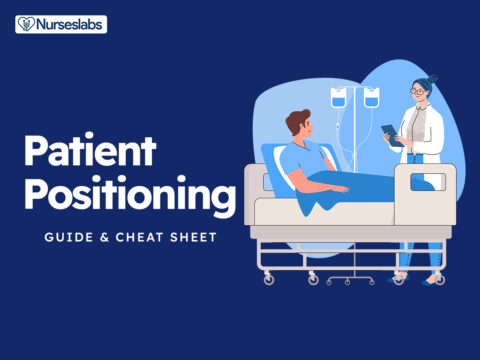
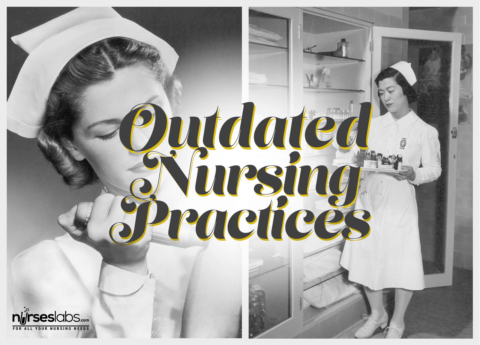
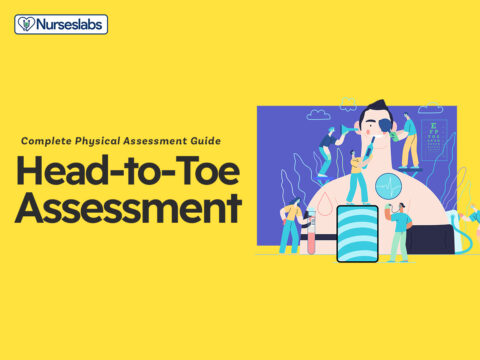
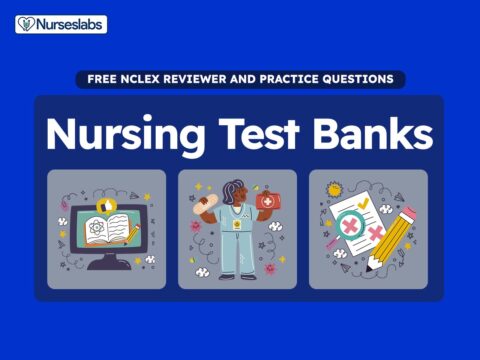


















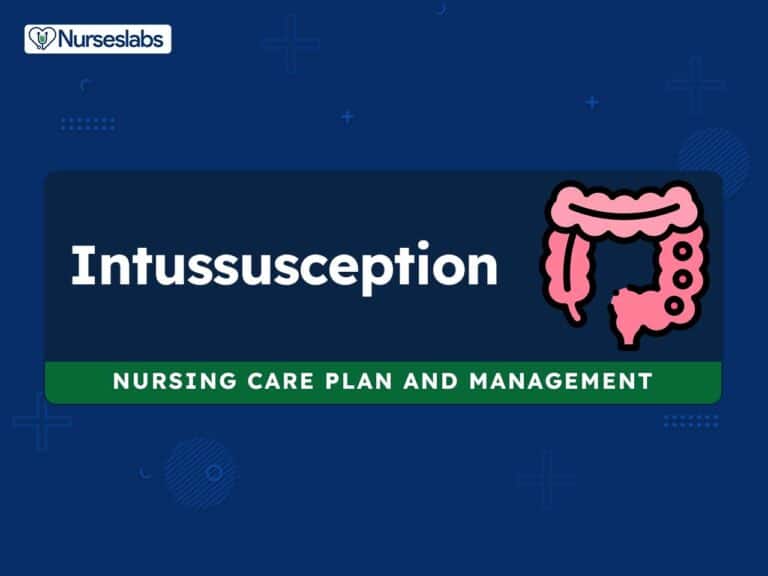
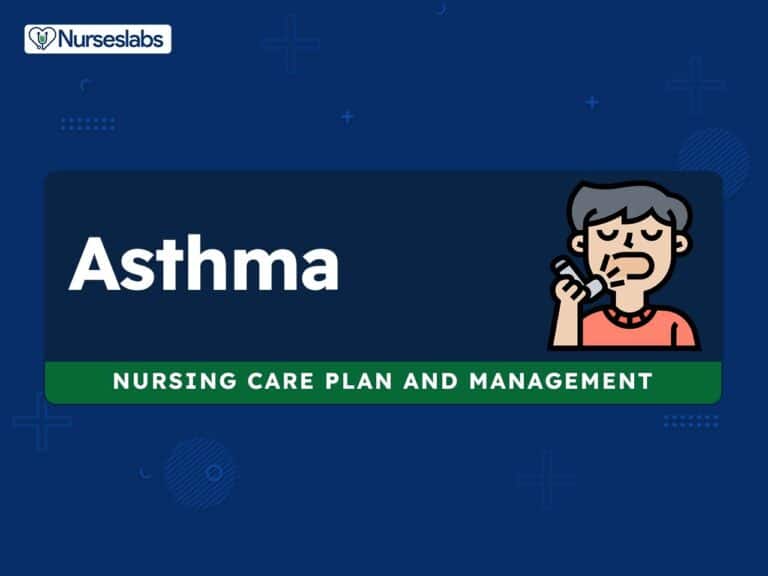

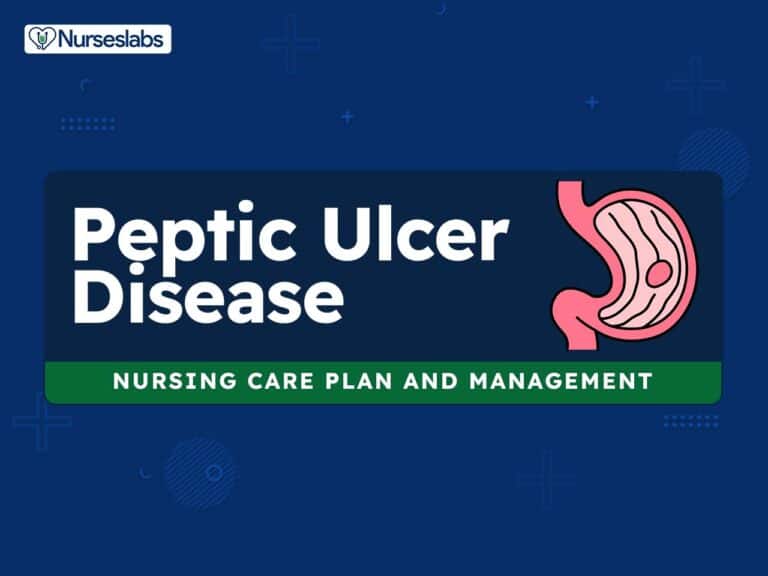
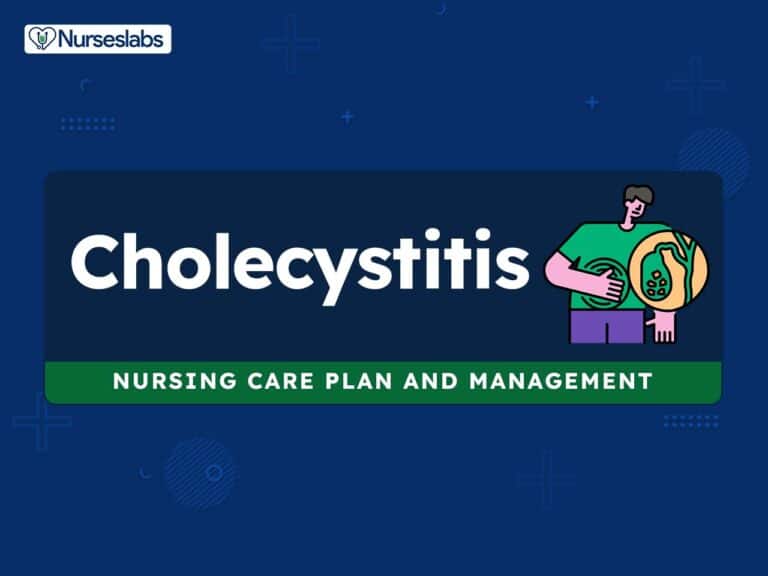
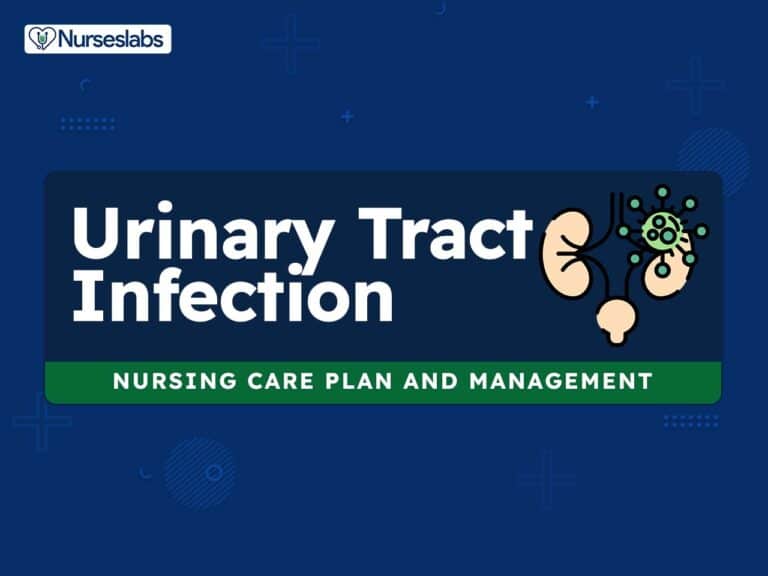
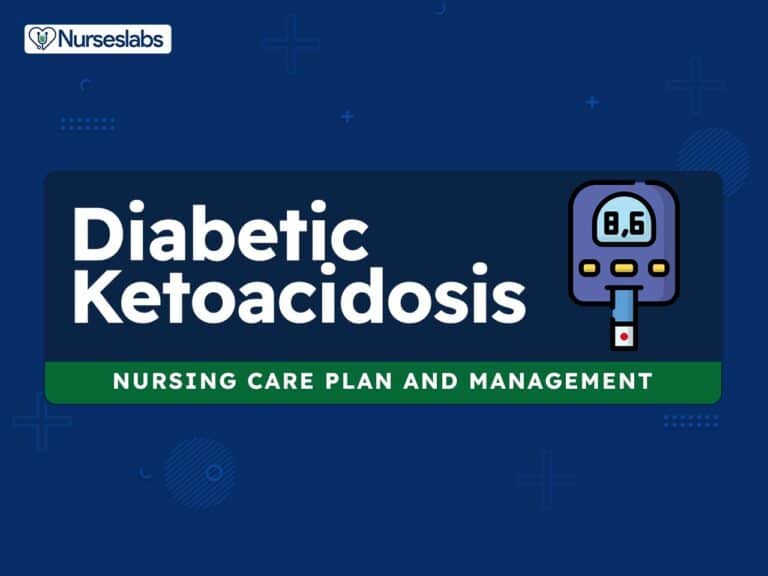
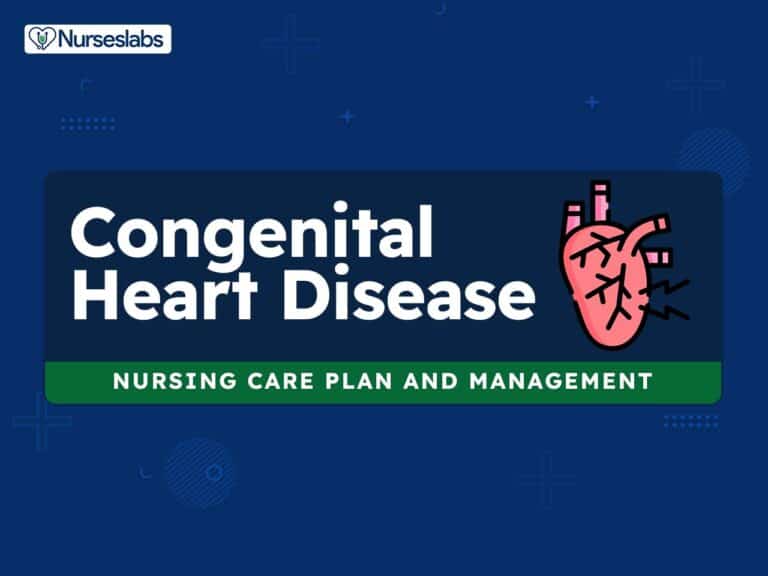
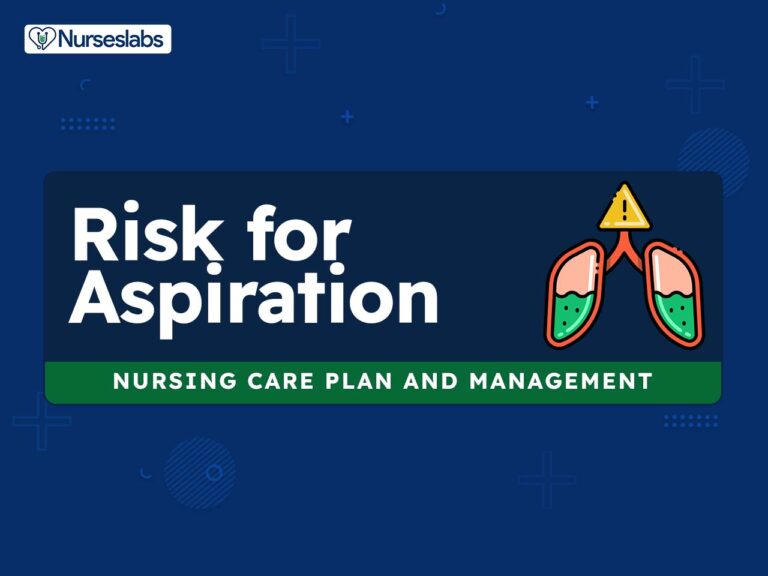
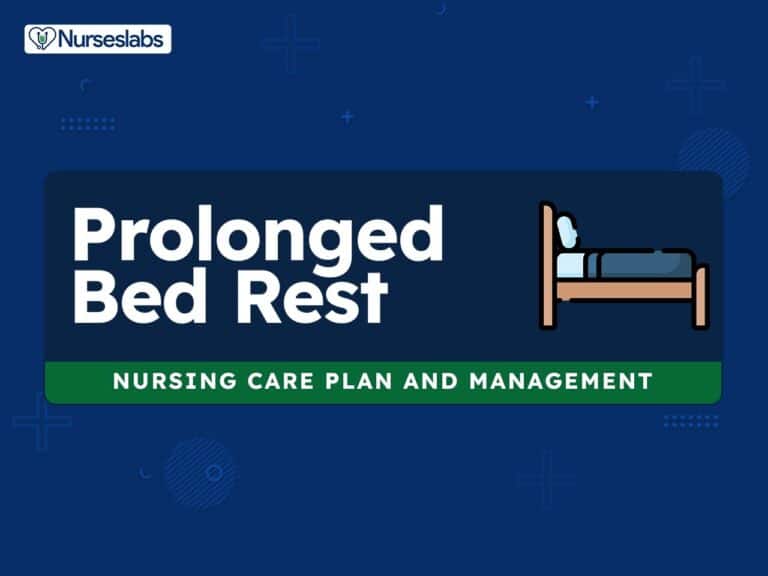
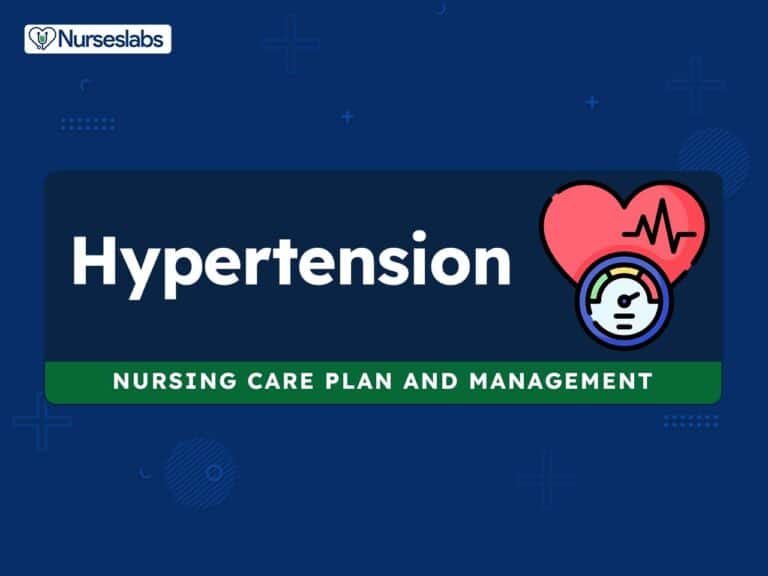
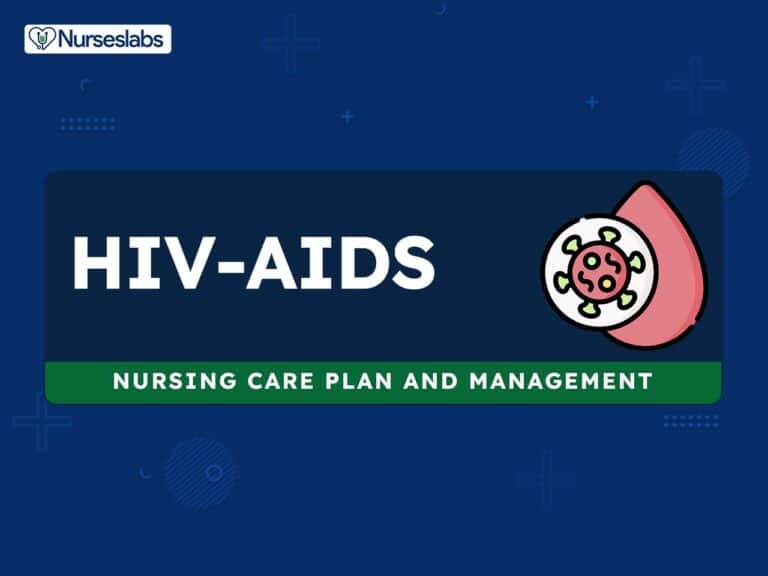
Leave a Comment